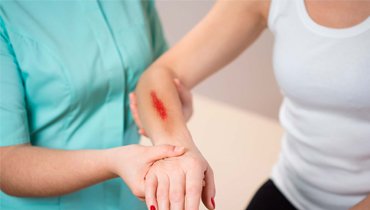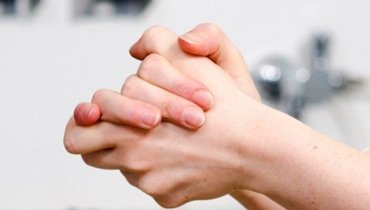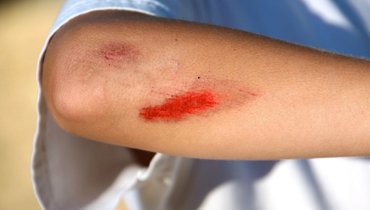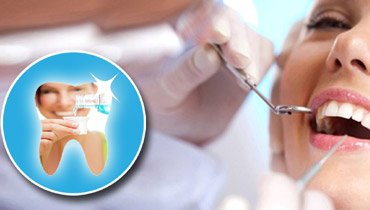It contributes to a more positive patient recovery experience and can improve the physical and mental quality of life for people with serious illnesses, such as cancer. The personalization of care also helps patients overcome the natural fears and anxieties that come with being in a hospital setting.

Antiseptic & Disinfectant Solutions
Antiseptics and disinfectants are extensively used in hospitals and other health care settings for a variety of topical and hard-surface applications. A wide variety of active chemical agents (biocides) are found in these products, many of which have been used for hundreds of years, including alcohols, phenols, iodine, and chlorine. Most of these active agents demonstrate broad-spectrum antimicrobial activity; however, little is known about the mode of action of these agents in comparison to antibiotics. This review considers what is known about the mode of action and spectrum of activity of antiseptics and disinfectants. The widespread use of these products has prompted some speculation on the development of microbial resistance, in particular whether antibiotic resistance is induced by antiseptics or disinfectants. Known mechanisms of microbial resistance (both intrinsic and acquired) to biocides are reviewed, with emphasis on the clinical implications of these reports.

Hand Hygiene
Hand hygiene is now regarded as one of the most important element of infection control activities. In the wake of the growing burden of health care associated infections (HCAIs), the increasing severity of illness and complexity of treatment, superimposed by multi-drug resistant (MDR) pathogen infections, health care practitioners (HCPs) are reversing back to the basics of infection preventions by simple measures like hand hygiene. This is because enough scientific evidence supports the observation that if properly implemented, hand hygiene alone can significantly reduce the risk of cross-transmission of infection in healthcare facilities (HCFs)

Antibacterial : Cuts & Wounds
The first step in the care of cuts, scrapes (abrasions) is to stop the bleeding. Most wounds respond to direct pressure with a clean cloth or bandage. Hold the pressure continuously for approximately 10 to 20 minutes. If this fails to stop the bleeding or if bleeding is rapid, seek medical assistance. Next, thoroughly clean the wound with soap and water. Remove any foreign material in the wound, such as dirt, or bits of grass, which may lead to infection. Tweezers can be used (clean them with alcohol first) to remove foreign material from the wound edges, but do not dig into the wound as this may push bacteria deeper into the wound or injure subcutaneous (under the skin) structures. The wound may also be gently scrubbed with a washcloth to remove dirt and debris. Hydrogen peroxide and povidone-iodine products may be used to clean the wound initially, but may inhibit wound healing if used long-term.

Mouth Wash
Mouth rinse or mouthwash is a product used for oral hygiene. Antiseptic and anti-plaque mouth rinse claims to kill the germs that cause plaque, gingivitis, and bad breath. Anti-cavity mouth rinse uses fluoride to protect against tooth decay. Mouth rinses are generally classified either as cosmetic, therapeutic, or a combination of the two. Cosmetic rinses are commercial, over-the-counter (OTC) products that help remove oral debris before or after brushing, temporarily suppress bad breath, diminish bacteria in the mouth, and refresh the mouth with a pleasant taste.
